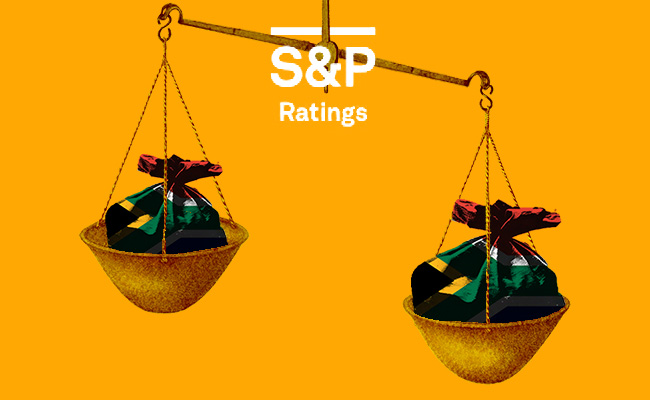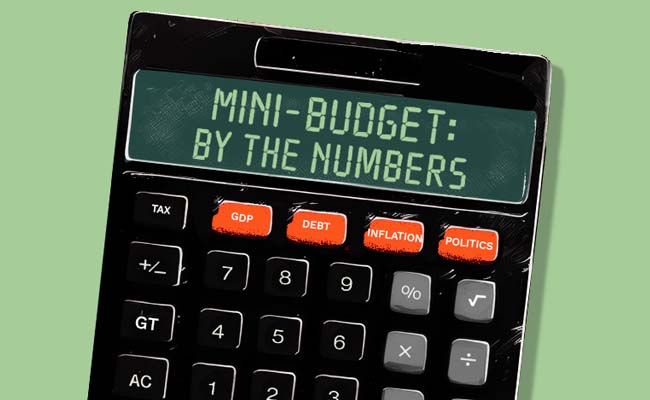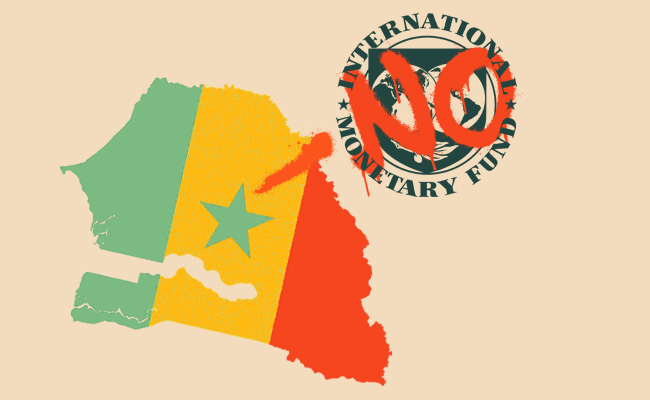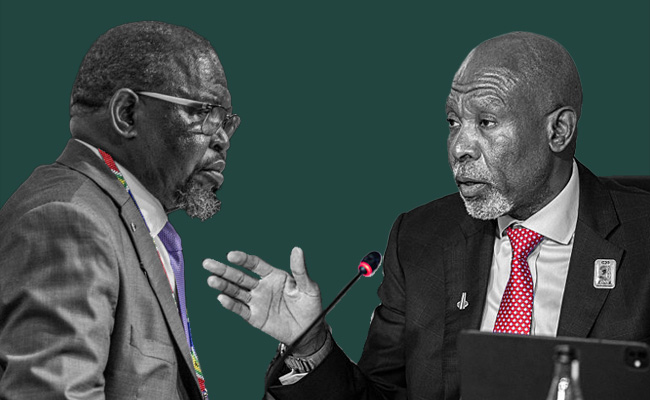South Africa’s credit rating is finally moving in the right direction. After years of missteps that cost the country its investment-grade status, reform momentum is beginning to pay off. The real test, though, is whether business and consumer confidence follows – and that depends on what happens next.
S&P Global Ratings’ decision last week to upgrade South Africa’s sovereign rating came in the same week as a broadly positive mini-budget that reinforced fiscal discipline and pointed to stabilisation efforts at Eskom and Transnet.
Standard Bank CEO Sim Tshabalala says the move “affirms the constructive ‘direction of travel’ and presages further upgrades, albeit over the medium term, should the reform agenda remain intact”. It also “supports the view – held by Standard Bank, Business Leadership South Africa, and many other domestic commentators – that the economy is now on an upward trajectory”.
S&P cited improving fiscal and debt dynamics, moderating inflation and early progress in logistics, energy and digital infrastructure. What sets this upgrade apart is the retention of the positive outlook – a rare indication that further upward moves are possible over the next one to two years.
It follows South Africa’s removal from the Financial Action Task Force’s greylist at the end of last month – faster than the median exit time – after improvements in anti-money-laundering and terrorist-financing controls.
Political sentiment has also improved after President Cyril Ramaphosa’s recent government of national unity (GNU) weekend retreat, which aimed to align parties around service-delivery priorities.
Standard Bank’s top-rated political analyst assigns a 65% probability that the GNU will “continue in its present form”. The real economy is showing similar momentum. “Corporate lending has risen 8.6% year on year to September. Standard Bank expects consumer lending to follow within the next year,” says Tshabalala.
Reform priorities
The priority now is to sustain and deepen structural reform through phase 2 of Operation Vulindlela, the presidency and the National Treasury’s joint programme to drive improvements across energy and logistics, water, local government, integrated cities, digital infrastructure, and visa modernisation.
Tshabalala says government should now go a lot further and scrutinise the costs of South Africa’s regulatory environment. “Businesses – especially smaller formal businesses – could grow faster and create many more jobs if they were less burdened with antiquated red tape that serves little or no social purpose.”
RMB chief economist Isaah Mahlangu believes another upgrade is possible, provided that “reforms result in faster economic growth and GDP per capita improvements”. Failing to meet S&P’s average annual growth estimate of about 1.5% over 2026-28 could delay further upward moves. A slowdown could prompt a revision of the outlook to stable.
It’s a close call given finance minister Enoch Godongwana’s projections that the economy will expand 1.8% on average between 2026 and 2028, even as he lowered the Treasury’s estimate for 2025 to just 1.2%.
S&P’s action still leaves South Africa two notches below investment grade, aligning the agency with Moody’s Investors Service, which maintains a stable outlook. Fitch Ratings remains the most conservative, keeping South Africa three notches into junk, also with a stable outlook.
Nedbank economist Isaac Matshego, who hadn’t expected Friday’s upgrade, believes Moody’s and Fitch may revise their outlooks to positive, with Moody’s potentially moving on the rating itself.
This all indicates that “South Africa seems to be on the right path”, he says.
Africa boost
African bond issuance is also recovering as investors “embrace African risk”. Countries such as South Africa, Nigeria, Benin, Côte d’Ivoire and Kenya have returned to international markets since 2024 following a lull that lasted almost two years. Tshabalala says policymakers are communicating reforms more clearly and that “the accuracy with which African sovereigns are viewed … is likely to continue to improve”.
Tshabalala says S&P’s statement “demonstrates an impressively detailed and accurate understanding of South Africa’s macroeconomy and political economy”. He adds: “S&P and the other major agencies have been commendably open to engagement with South African policymakers and businesspeople over the past year.”
Emerging-market leaders have long criticised ratings agencies for tougher assumptions on governance and growth, and for being quicker to downgrade than to acknowledge improvements, creating concerns of perception biases.
But agencies also struggle with patchy, untimely and inconsistent data in many developing economies. Moody’s acquisition of Johannesburg-based GCR Ratings – first a majority stake in 2022 and full ownership in July 2024 – is part of an effort to roll back perceptions that credit assessors don’t understand the continent.
Leaving the junk behind
A return to investment grade would materially reduce South Africa’s borrowing costs. Standard Bank estimates that an upgrade could “roughly” translate into annual savings of as much as R45bn – about 0.6%-0.7% of GDP – as old debt rolls off and is refinanced at lower rates.
Faster growth in South Africa also spills over into the region. The bank estimates that a one percentage point lift in domestic GDP can boost neighbouring economies by at least 0.5 percentage points.
Arguably, financial markets have already priced in the shift. The FTSE/JSE top 40 is up about 55% in dollar terms this year, and though driven by surging commodity prices, it far outpaces gains in the MSCI emerging markets index and developed-market benchmarks. The rand has strengthened sharply, at one point breaking below R17/$ from about R18.70 at the beginning of the year, while benchmark bond yields have fallen to less than 9% from almost 11% as foreign buyers wade back in.
“Credible policy, disciplined execution, and ongoing collaboration between government, business and institutions are rebuilding the foundations of stability and long-term growth,” says JSE Group CEO Leila Fourie. “When reforms take root, credibility strengthens, investment follows, and momentum begins to compound.”
For finance officials, the upgrade brings welcome relief given the debacle over this year’s VAT increase debate. No wonder Treasury director-general Duncan Pieterse took to LinkedIn to exult; the move, he said, is a “testament to the resilience of the National Treasury team after a tough year!”
Top image: Rawpixel/Currency collage.
Sign up to Currency’s weekly newsletters to receive your own bulletin of weekday news and weekend treats. Register here.














